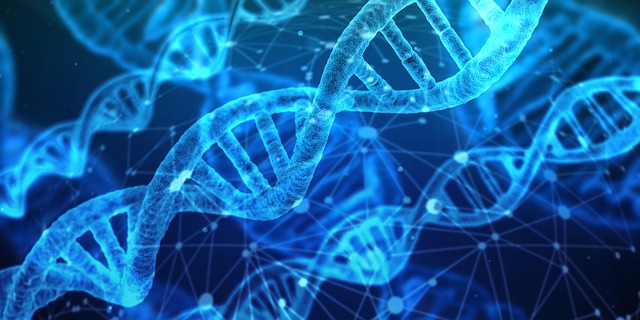In 2016, the MIT Technology Review published an article entitled 10 Breakthrough Technologies. Included in this list are solar panels, autonomous driving cars, at-home DNA testing, reusable rockets, robots that learn, and gene editing. Today, 3 years after that article was published, such technologies are now a reality, and our world remains unprepared for its impacts.
While we continue to wonder and debate on the implications of disruptive technologies to our idea of what it means to be human, in 2016, following the FDA approval for gene editing technologies, several scientists have already began to explore this question.
In the article attached below, we will get to know Jennifer Doudna, one of the inventors of CRISPR, and her struggle at contextualizing the deeper purpose of the gene editing technology. We will meet the mother of a child with Down’s syndrome who raised the important question: how far should we go in editing the human genome? We will also see in the attached article how science has become politicized and commercialized. Through this article, we hope to give you a glimpse of what goes on in the minds of “innovators”, and why we, the users of such technological innovations, must educate ourselves before fully
Why It Matters
For the past two years, we have been exploring in this website the implications of disruptive technologies such as artificial intelligence, artificial general intelligence, and soon, artificial superintelligence. It was only recently when we realized that it wasn’t just the mechanization of the human being that we should be wary of [see the article entitled Gene Editing Trials Now In Its First Stages In The US]. With gene editing, new superhumans could be bred.
The idea behind gene editing and AI is the same – it is about creating superhumans with long life, with excellent health, and with superior cognitive functionality. Over the years, we have found numerous resources stressing on the uniqueness of the human body, and the human mind. We have seen how consciousness can never be replicated in a machine [see There Are Minds Everywhere, Except In AI], and why it can be dangerous for our civilization to do so. We have also seen how the human mind is found not in specific synapses in the brain, but rather, in the interconnection of all these
With AI development still miles away from replicating
Can GMO humans be still considered as natural humans? Can they be considered as the next step in human evolution? To answer this question, again, one must have a clear grasp of what it means to be human, as well as the purpose of humanity on earth. What will change if we are able to choose the destinies of our descendants?
Read Original Article

Read Online
Click the button below if you wish to read the article on the website where it was originally published.

Read Offline
Click the button below if you wish to read the original article offline.
You may also like
-
Science shows power of belief: Mere suggestion of side effects is enough to bring on negative symptoms
-
What really makes you ill?
-
The current moment is an opportunity to break away from the dominant narrative of medicine
-
Gratitude can alter the human heart and molecular structure of the brain
-
Human energy fields and their implications for health
